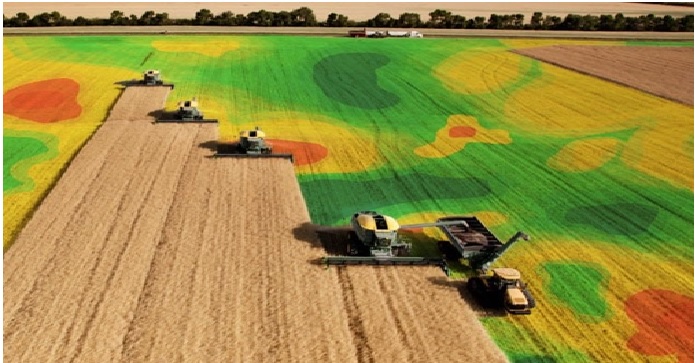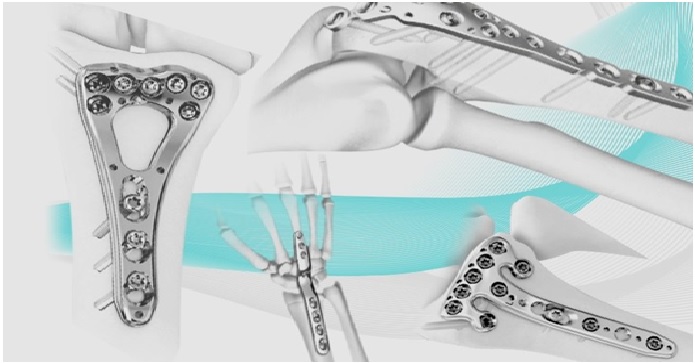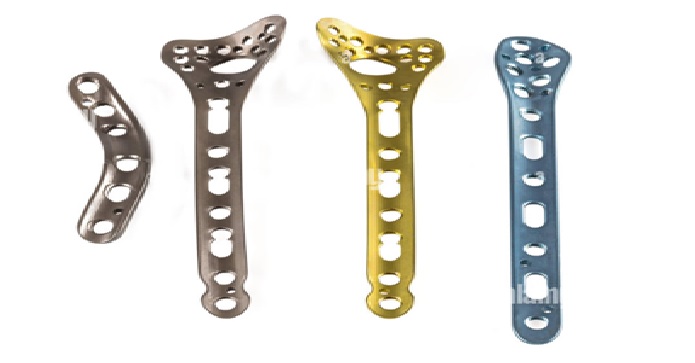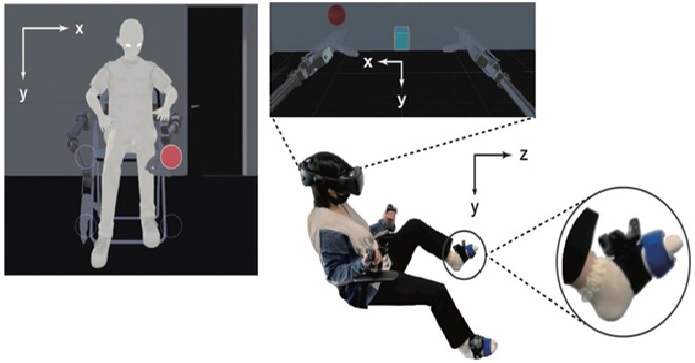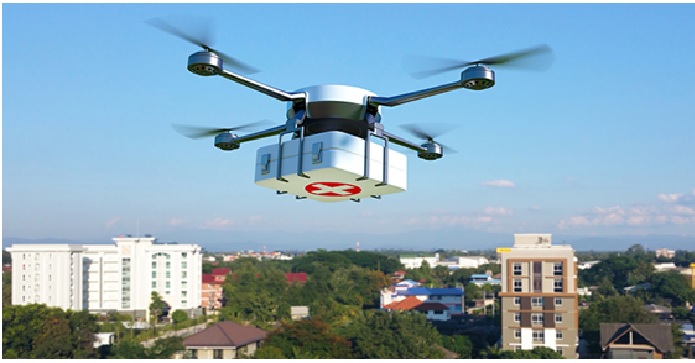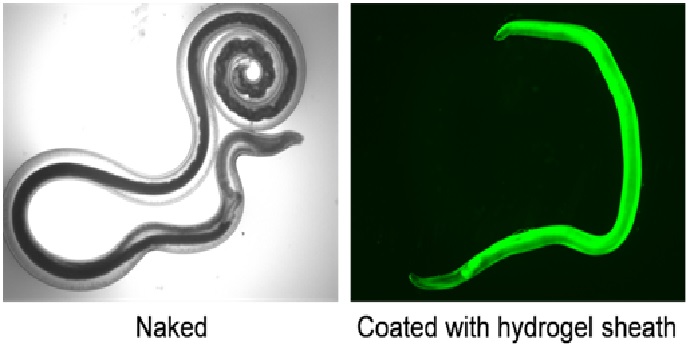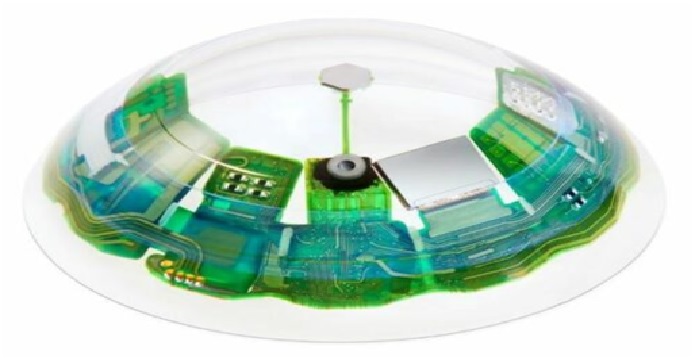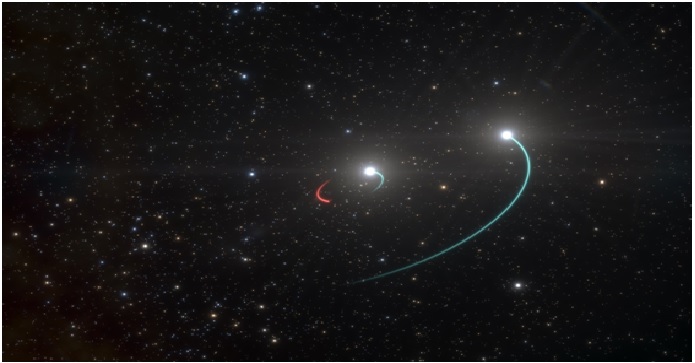NASA’s New Satellite to Analyze Climate Change
NASA’s new shoebox-sized satellite tv for pc referred to as the Compact Whole Irradiance Monitor (CTIM) to measure the “complete photo voltaic irradiance,” (TSI) or all of the Earth-directed power coming from the Solar. This can assist scientists analyze how that power influences our planet’s extreme climate, local weather change and different world forces.
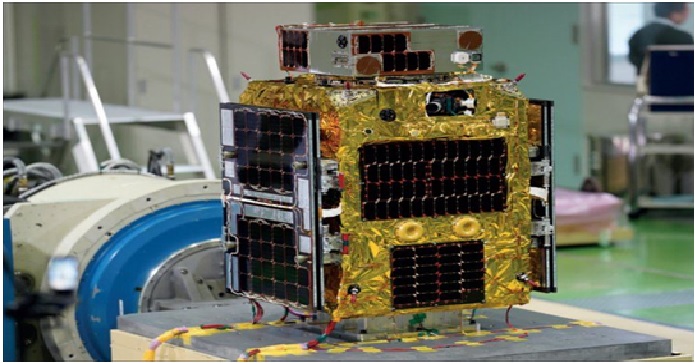
Figure 1. A shoebox sized satellite to analyze extreme climate change.
Figure 1 shows that CTIM is the smallest satellite tv for pc ever to do that activity. Total solar irradiance (TSI) is a significant element of the Earth’s radiation finances. The radiation finances describe the general stability between incoming and outgoing photo voltaic power.
Growing quantities of greenhouse gases entice rising quantities of photo voltaic power inside the environment. That improve is what causes local weather change and subsequently rising sea ranges and extreme climate. [1]
With this satellite, researchers can detect small fluctuations in the amount of solar radiation Earth receives during the solar cycle while emphasizing the impact greenhouse gas emissions have on Earth’s climate.
CTIM is a prototype. Its flight demonstration will help scientists determine whether small satellites could be as effective at measuring TSI as large instruments. Reducing a satellite’s size will reduce the cost and complexity of deploying that satellite into low-Earth orbit. This will allow scientists to prepare spare instruments that can preserve TSI data records if a deployed instrument malfunctions.
CTIM has a novel bolometer (radiation detector), which employs a new material developed in collaboration with researchers at the National Institute of Standards and Technology. Made of miniscule carbon nanotubes arranged vertically on a silicon wafer, the material absorbs 99.995% of incoming light. [2]
Dave Harber, a senior researcher at the University of Colorado, said that the satellite will begin its mission a month after its launch. It is missions like these that have enabled scientists to determine the role of greenhouse gases in amplifying climate change and rule out increased solar energy as the real culprit.
Harber said, "We want to take our time and make sure that we’re doing these steps rigorously, and that each component of this instrument is working correctly before we move on to the next step."
References:
- https://colorsofindia.media/technology/this-shoebox-sized-satellite-will-help-scientists-understand-climate-change-better/
- https://indianexpress.com/article/technology/science/nasa-ctim-satellite-total-solar-irradiance-climate-change-8010659/
- https://www.republicworld.com/science/space/nasa-launches-shoebox-sized-satellite-to-understand-suns-influence-on-earths-climate-articleshow.html
Cite this article:
Sri Vasagi K (2022), NASA’s New Satellite to Analyze Climate Change, AnaTechMaz, pp.215


